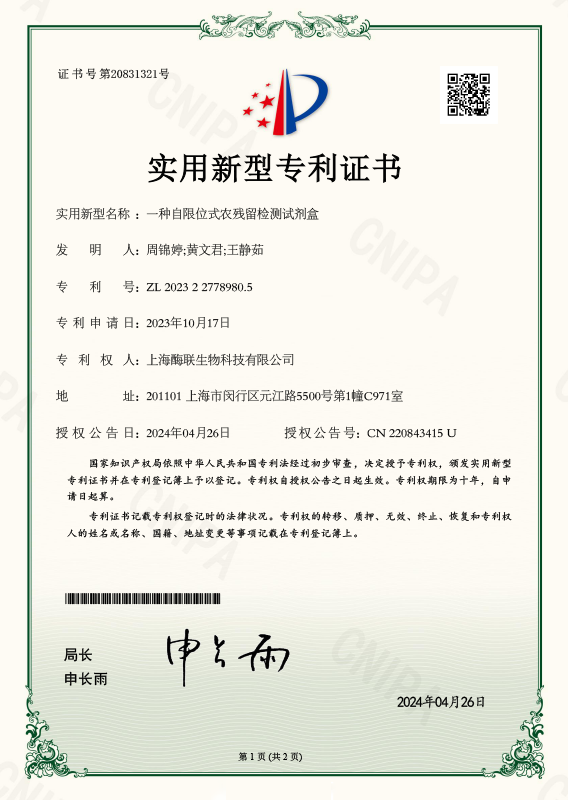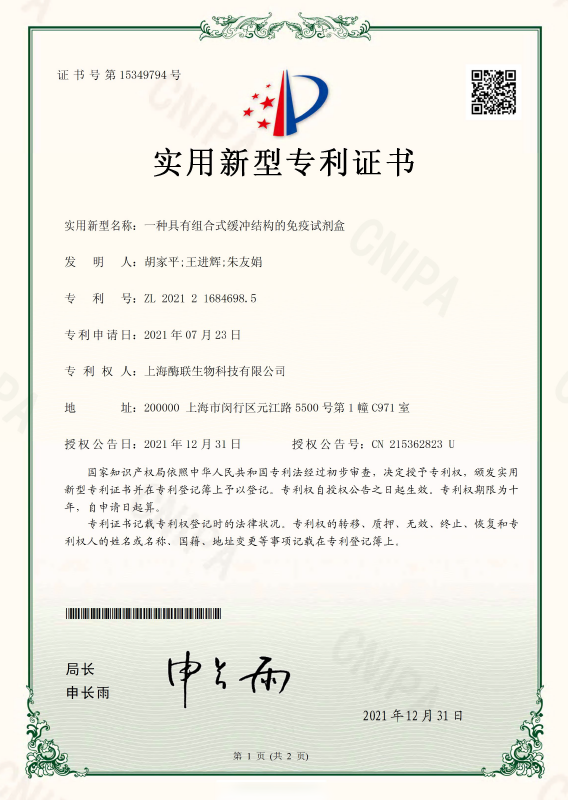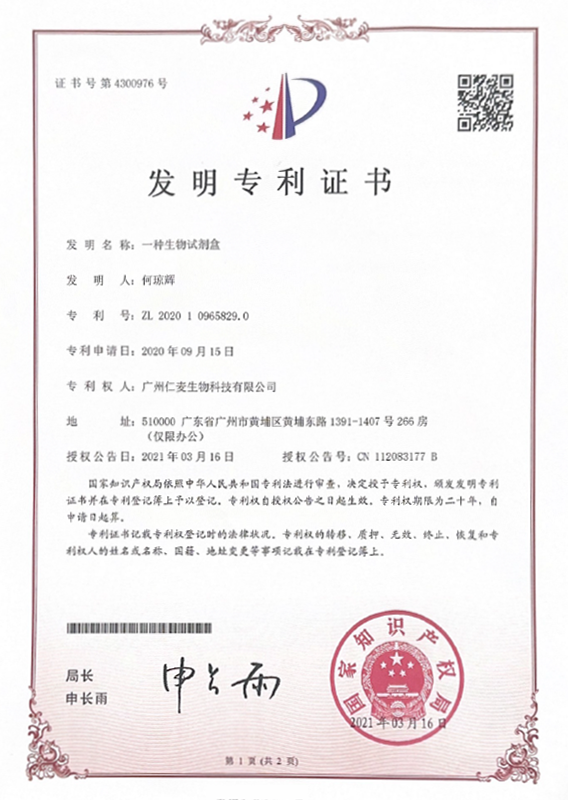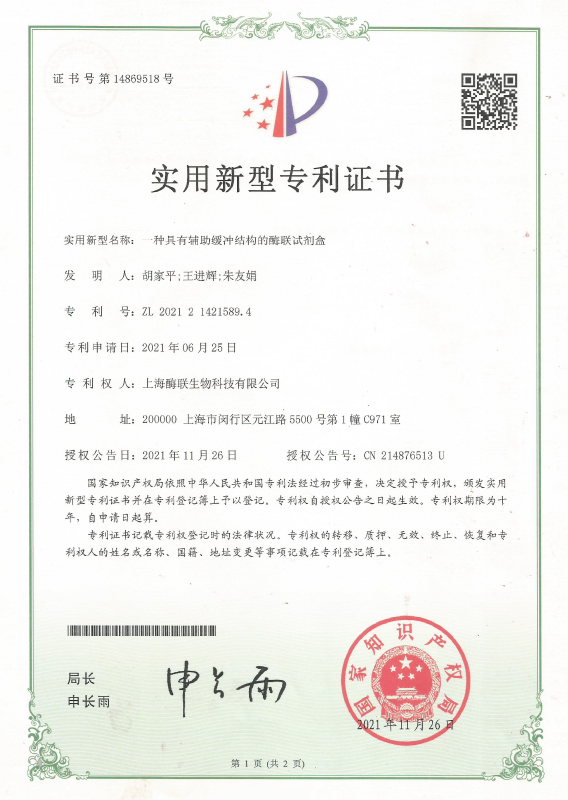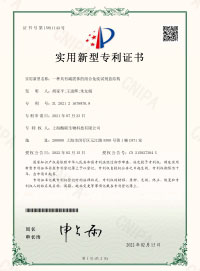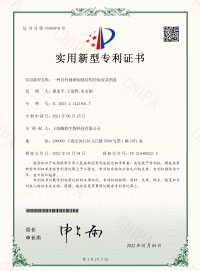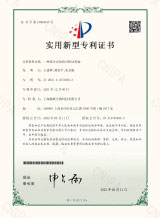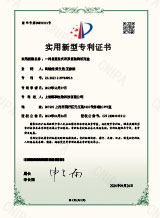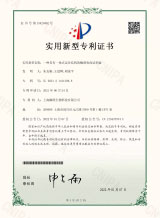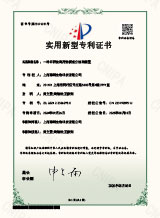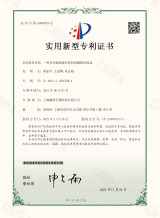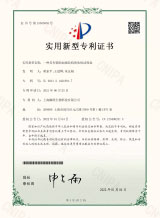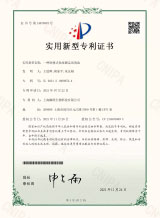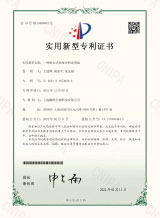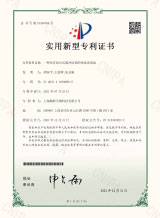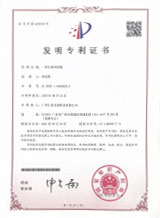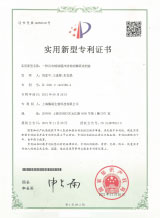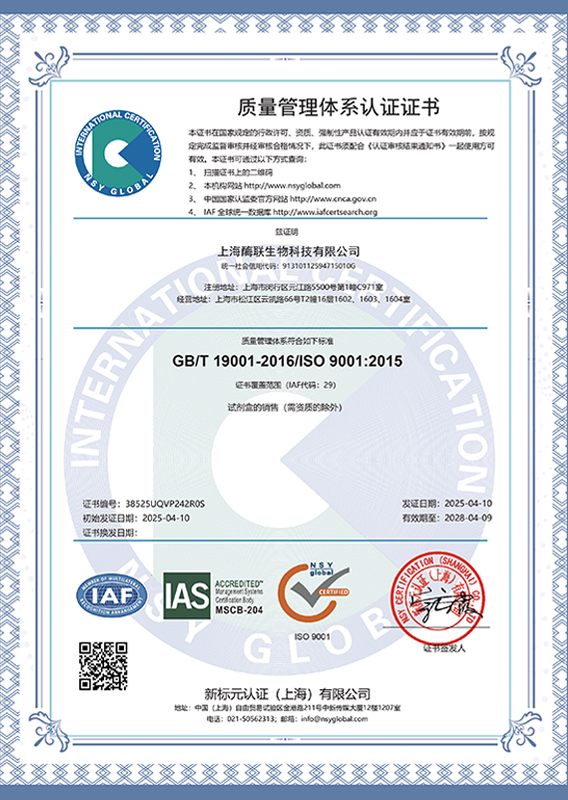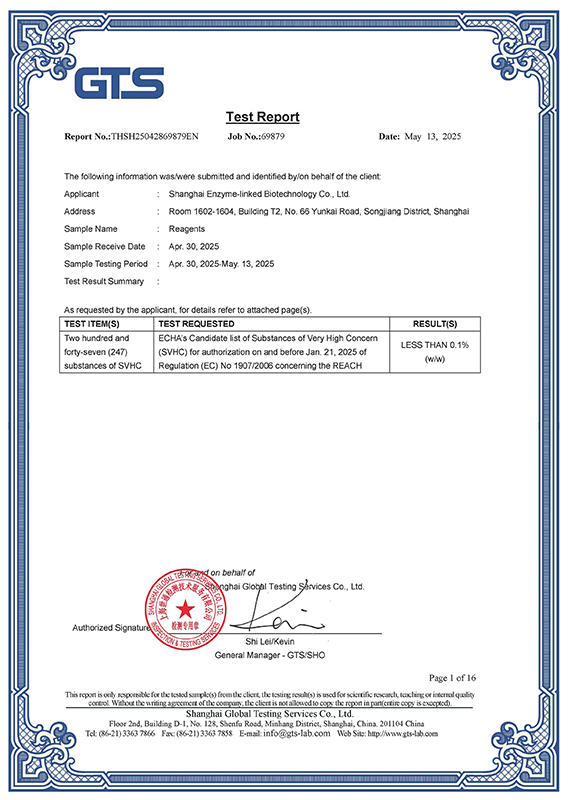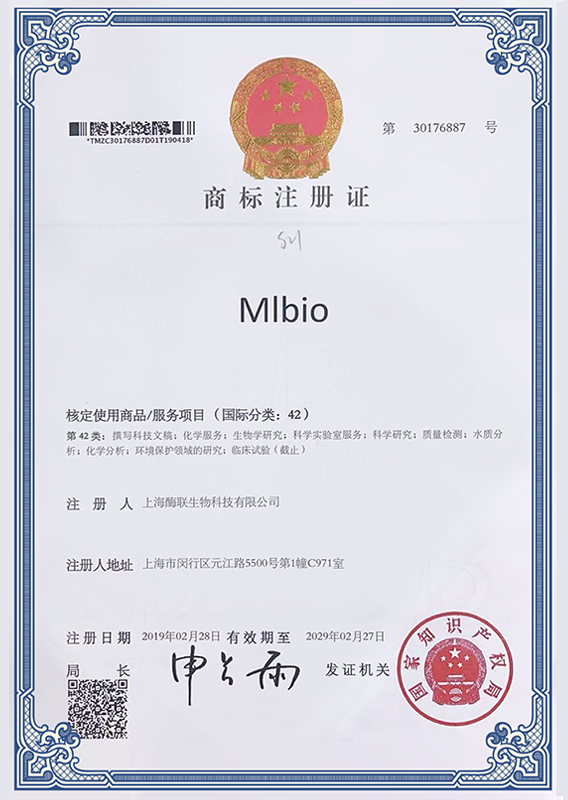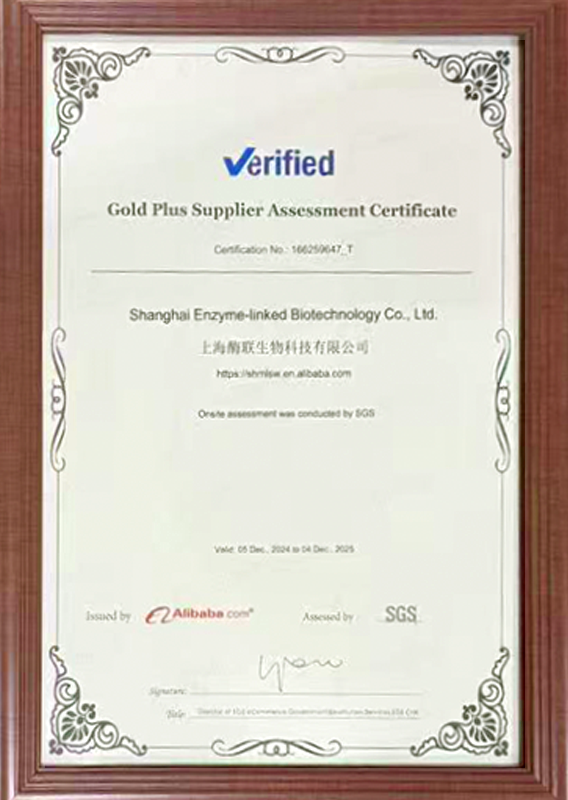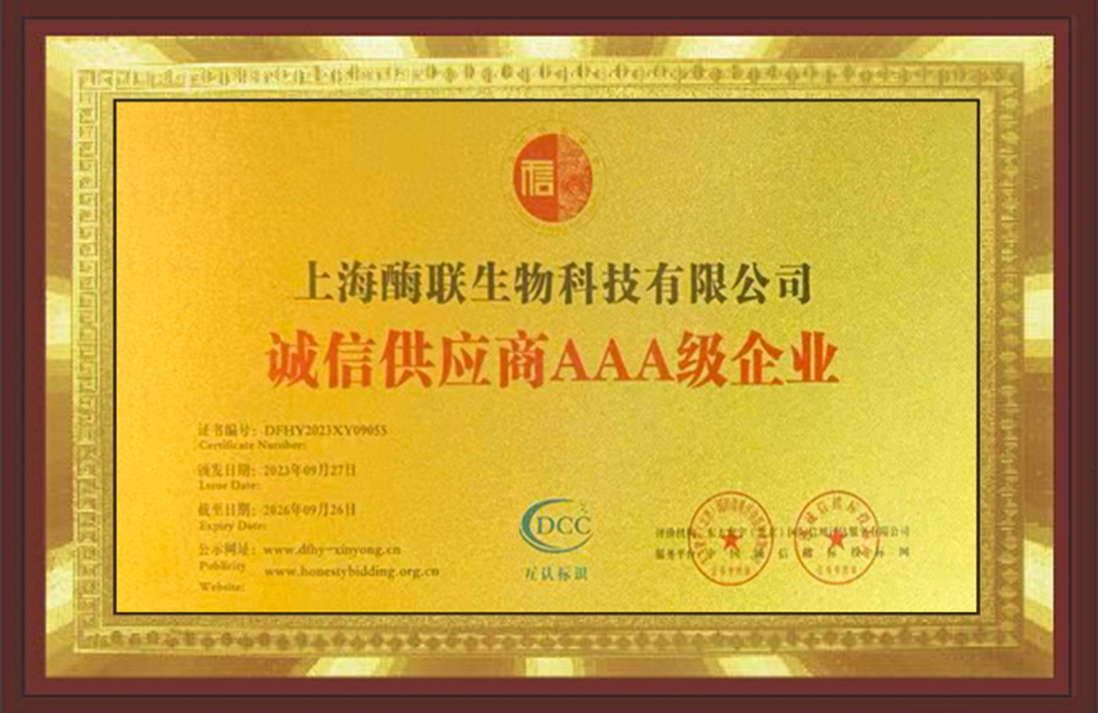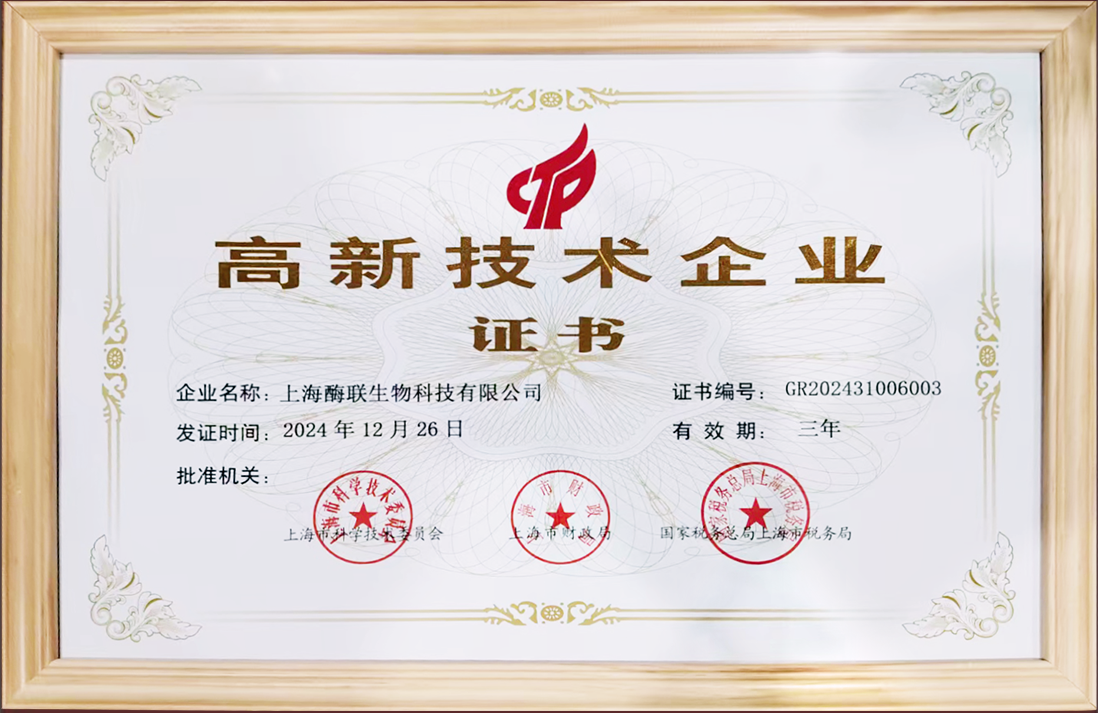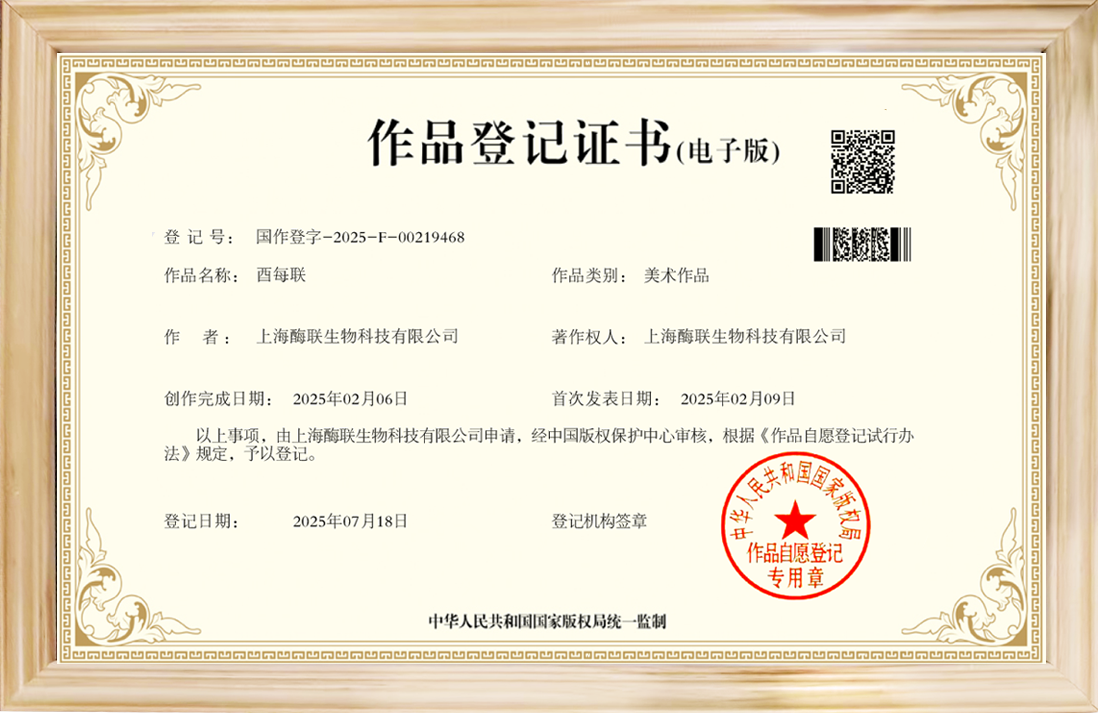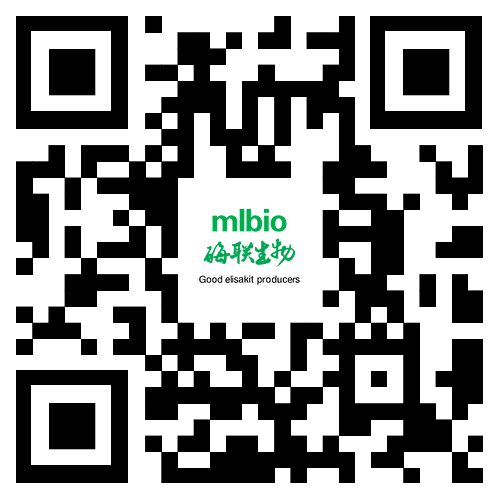elisa特异性
<p> <span style="font-size: 12px;"> 在科学研究的广阔领域中,准确性和精密度至关重要,而酶联免疫吸附试验(ELISA)则是一种非常有效的工具。ELISA是一种成熟的方法,用于检测和定量生物样本中的特定蛋白质、抗体、抗原和其他分子。ELISA的可靠性和效率的关键因素之一是特异性。</span></p>
<div style="text-align: center;"><span style="font-size: 12px;"><img src="/images/upload/Image/微信图片_20250331164008.jpg" alt="elisa试剂盒" width="500" height="375" /><br />
</span></div>
<h3><span style="font-size: 12px;"> </span><strong><span style="font-size: 12px;">什么是ELISA特异性</span></strong></h3>
<div><span style="font-size: 12px;"><br />
</span></div>
<div><span style="font-size: 12px;"> ELISA中的特异性是指检测方法准确识别和测量目标分子,同时避免与无关分子发生交叉反应的能力。本质上,它衡量的是检测方法区分目标分子和样品中其他分子的能力。特异性在ELISA中至关重要,因为它能确保获得的结果有效且有意义。</span></div>
<div><span style="font-size: 12px;"><br />
</span></div>
<h3><span style="font-size: 12px;"> ELISA特异性的意义</span></h3>
<div><span style="font-size: 12px;"><br />
</span></div>
<div><span style="font-size: 12px;"> 1.可靠的结果:</span></div>
<div><span style="font-size: 12px;"><br />
</span></div>
<div><span style="font-size: 12px;"> ELISA能否提供准确的结果取决于其特异性。当该检测方法仅检测目标分子时,研究人员可以信赖其生成的数据。这在临床诊断、药物开发和生物医学研究等领域至关重要。</span></div>
<div><span style="font-size: 12px;"><br />
</span></div>
<div><span style="font-size: 12px;"> 2.减少假阳性和假阴性:</span></div>
<div><span style="font-size: 12px;"><br />
</span></div>
<div><span style="font-size: 12px;"> 高特异性可以最大限度地降低假阳性(检测到缺失的分子)和假阴性(未能检测到存在的分子)的可能性。这在医学诊断领域尤为重要,因为错误的结果可能造成灾难性的后果。</span></div>
<div><span style="font-size: 12px;"><br />
</span></div>
<div><span style="font-size: 12px;"> 3.交叉反应性:</span></div>
<div><span style="font-size: 12px;"><br />
</span></div>
<div><span style="font-size: 12px;"> 由于缺乏特异性,ELISA可能会与结构相似的分子发生交叉反应,导致测量结果不准确。为了说明这一点,我们以激素剂量为例。皮质醇和皮质酮等激素具有相似的结构。非特异性ELISA可能会与这两种激素发生交叉反应,导致无法准确测量皮质醇水平。</span></div>
<div><span style="font-size: 12px;"><br />
</span></div>
<div><span style="font-size: 12px;"> 4.清晰的研究:</span></div>
<div><span style="font-size: 12px;"><br />
</span></div>
<div><span style="font-size: 12px;"> 在生命科学领域,研究人员经常处理含有多种分子的复杂生物样本。ELISA特异性可确保结果准确反映所研究的分子,从而避免任何歧义。</span></div>
<div><span style="font-size: 12px;"><br />
</span></div>
<div><span style="font-size: 12px;"> 5.研究结果确认:</span></div>
<div><span style="font-size: 12px;"><br />
</span></div>
<div><span style="font-size: 12px;"> 研究人员在报告结果时,必须能够确认结果。ELISA的特异性至关重要,以确保所得结果源于目标分子的存在,而非其他物质的干扰。</span></div>
<div><span style="font-size: 12px;"><br />
</span></div>
<h3><span style="font-size: 12px;"> 如何确保ELISA特异性</span></h3>
<div><span style="font-size: 12px;"><br />
</span></div>
<div><span style="font-size: 12px;"> 1.选择正确的抗体:</span></div>
<div><span style="font-size: 12px;"><br />
</span></div>
<div><span style="font-size: 12px;"> 抗体的选择非常重要。捕获和检测抗体必须特异性地靶向目标分子。抗体可以是单克隆抗体(由一个细胞系制备)或多克隆抗体(由多个细胞系制备),具体选择取决于检测要求。</span></div>
<div><span style="font-size: 12px;"><br />
</span></div>
<div><span style="font-size: 12px;"> 2.阻断剂:</span></div>
<div><span style="font-size: 12px;"><br />
</span></div>
<div><span style="font-size: 12px;"> 添加封闭剂,例如牛血清白蛋白(BSA)或脱脂奶粉,可能有助于减少非特异性结合。这些封闭剂会饱和膜上任何剩余的结合位点,从而最大限度地降低其他分子的结合能力。</span></div>
<div><span style="font-size: 12px;"><br />
</span></div>
<div><span style="font-size: 12px;"> 3.洗涤步骤:</span></div>
<div><span style="font-size: 12px;"><br />
</span></div>
<div><span style="font-size: 12px;"> 适当的洗涤步骤对于去除可能导致非特异性信号的未结合分子至关重要。洗涤过程必须严格,但又不能过于剧烈,以免特异性结合分子脱落。</span></div>
<div><span style="font-size: 12px;"><br />
</span></div>
<div><span style="font-size: 12px;"> 4.对照样品:</span></div>
<div><span style="font-size: 12px;"><br />
</span></div>
<div><span style="font-size: 12px;"> 在ELISA实验中加入对照样品是一种良好的做法。这些样品必须含有已知浓度的目标分子,以作为检测性能的参考点。此外,不含目标分子的阴性对照样品有助于识别和定量非特异性结合。</span></div>
<div><span style="font-size: 12px;"><br />
</span></div>
<div><span style="font-size: 12px;"> 5.数据分析:</span></div>
<div><span style="font-size: 12px;"><br />
</span></div>
<div><span style="font-size: 12px;"> 数据分析无疑是特异性的最终保证。研究人员应该检查标准曲线、阳性和阴性对照以及任何意外结果。任何异常趋势都应进行彻底调查。</span></div>
<div><span style="font-size: 12px;"><br />
</span></div>
<h3><span style="font-size: 12px;"> ELISA特异性面临常见问题</span></h3>
<div><span style="font-size: 12px;"><br />
</span></div>
<div><span style="font-size: 12px;"> 尽管ELISA检测方法用途广泛,但在实现特异性方面仍存在挑战。以下是一些常见问题:</span></div>
<div><span style="font-size: 12px;"><br />
</span></div>
<div><span style="font-size: 12px;"> 1.交叉反应性:</span></div>
<div><span style="font-size: 12px;"><br />
</span></div>
<div><span style="font-size: 12px;"> 一些分子可能与目标分子具有结构相似性,从而导致交叉反应。研究人员必须谨慎选择能够区分这些密切相关分子的抗体。</span></div>
<div><span style="font-size: 12px;"><br />
</span></div>
<div><span style="font-size: 12px;"> 2.基质效应:</span></div>
<div><span style="font-size: 12px;"><br />
</span></div>
<div><span style="font-size: 12px;"> 生物样本通常含有复杂的基质,可能会干扰检测。为了最大限度地减少这些影响,可能需要对样本进行稀释或预处理。</span></div>
<div><span style="font-size: 12px;"><br />
</span></div>
<div><span style="font-size: 12px;"> 3.背景干扰:</span></div>
<div><span style="font-size: 12px;"><br />
</span></div>
<div><span style="font-size: 12px;"> 非特异性结合会给检测带来背景干扰,影响灵敏度和特异性。适当的封闭和洗涤步骤对于最大限度地减少这种噪音至关重要。</span></div>
<div><span style="font-size: 12px;"><br />
</span></div>
<div><span style="font-size: 12px;"> 4.内源性抗体的干扰:</span></div>
<div><span style="font-size: 12px;"><br />
</span></div>
<div><span style="font-size: 12px;"> 在某些情况下,测试样本本身可能含有干扰测试的抗体。这些内源性抗体可能会结合捕获或检测抗体,从而导致错误的结果。</span></div>
<div><span style="font-size: 12px;"><br />
</span></div>
<div><span style="font-size: 12px;"> ELISA特异性是科学研究中有意义且可靠数据的基础。缺乏特异性,结果可能会产生误导,并可能导致错误的结论。研究人员必须通过精心选择抗体、优化检测条件和认真分析数据来确保特异性。特异性不仅能确保研究结果的完整性,而且在医学、生物技术和环境科学等领域也具有重要意义。在不断发展的科学发现领域,ELISA特异性的重要性始终如一。</span></div>


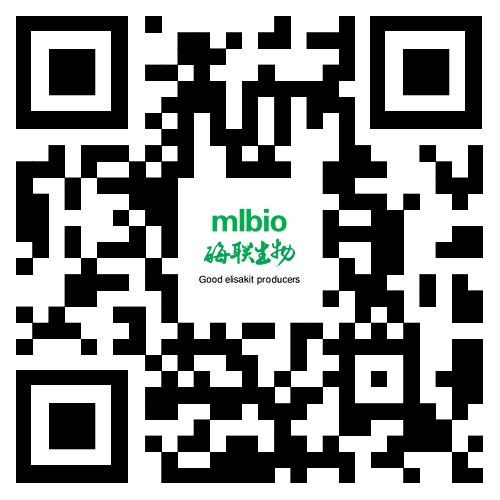 酶联官方手机二维码
酶联官方手机二维码